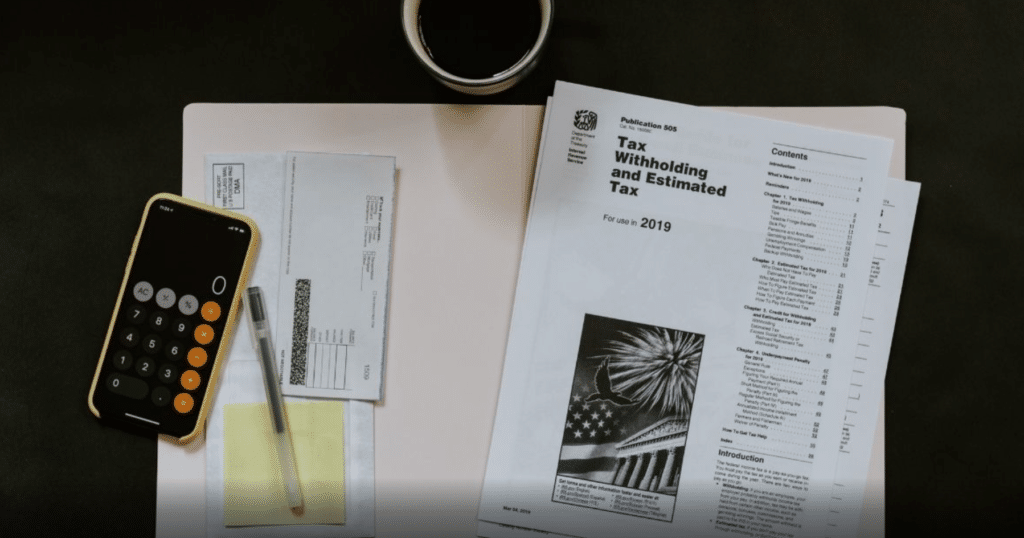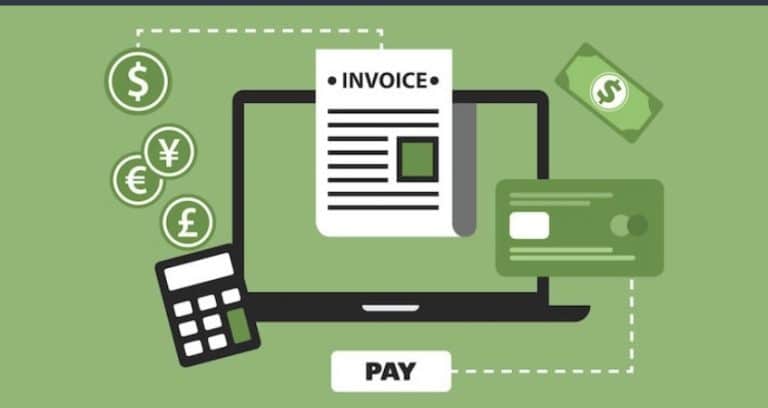Basic Accounting Terms Every Small Business Owner Should Know

Business owners use accounting to record the financial transactions performed during the company. Therefore, the rules and principles for recording this information and using such information for decision-making are well known.
To register, calculate, and convey the accounting details, a business owner should know several simple accounting terms and procedures.
To help you grasp accounting fundamentals as a company owner, the following is a comprehensive guide to common accountingterminology.
The fundamentals of business accounting are described by these seven accounting terms and can give business owners the information they need to keep their activities running smoothly.
- Accounting Equation
The fundamental accounting equation represents the concept of duality.
Assets = Liabilities + Owner’s Equity
This accounting equation indicates that shareholders and outsiders’ claims are often proportional to a corporation’s assets. It ensures that a company’s resources are usually equal to the stakeholder’s statements who have provided funds for those resources at any particular point in time.
Such stakeholders involve business owners and lenders who supply the organization with funds. The owners’ claim on a company is called owner’s equity or capital. Simultaneously, the monies owed to lenders or outsiders are called liability
- Assets
Business assets are the property held by the organization that is easily convertible into cash. When applying for a business loan, assets are used as collateral security. They may be tangible assets such as (receivables, equipment, vehicles) or intangible assets (intellectual property). Assets are shown on the right-hand side of the balance sheet.
It is also possible for taxation purposes to depreciate the cost of properties (except for assets such as land or buildings) over time.
An accountant will help you evaluate your assets correctly, the consequences of selling them, and knowing your tax status.
- Accounts receivable and Accounts payable
As a business owner, these are probably the essential terms an individual would need to understand, particularly if they want to get paid on time. Accounts receivable or Debtors is the money owed to you (for example, trade credit, unpaid invoices).
Accounts receivable are an asset to the business. It is essential to monitor accounts receivable and the collection process for maintaining healthy cash flow.
The exact reverse is the accounts payable, also known as Creditors. It’s the money a business owes and expected to repay at a specific date. It is a liability for a business. Typical example include trade creditors, money owed to your supplier.
- Profit and loss account
As the name suggests, profit and loss show the amount of money a business made or lost during a specified time.
Its usual components are:
- Revenue- Sales from selling your products or provision of services- net of VAT
- Cost of good sold- Sum of all costs necessary to either manufacture the products or purchase.
- Gross profit- it is the net sales and cost of goods sold.
- Administrative expenses- these are all expenses other than the cost go goods sold- Example includes- rent, advertising costs, depreciation, salaries, accountant’s fees, software costs, subscriptions, etc.
- Tax- taxes due on business profits
- Balance Sheet
The balance sheet gives a big picture of the fiscal health of a business. At a given time, it describes critical financial information (assets, liabilities, and owner’s equity). The balance sheet also helps to analyze the business’s net worth, short and long-term debt, accounts payable/receivable, asset management, and cash, equity, inventory, profits, etc.
It may seem like a daunting financial statement, but understanding is crucial. Business owners may benefit from an accountant’s assistance in understanding and analyzing one. Balance sheet records transaction in 3 forms, i.e.:
- Assets, such as equipment, property, and vehicles.
- Liabilities, such as long term loans or debts and any purchases made on a credit basis
- Owner’s equity- Share capital plus profits for the year less dividends.
- Cash flow
Cash flow is a screenshot of a company’s financial statement conveying timing and volume of cash at any given moment, i.e. showing inflow and outflow of money in the business. It’s a measure of all the funds received and spent on operations, investments and financing activities.
The organization must establish and maintain a cash flow outlook and cash flow statement to remain on top of cash flow. An individual can seek help from accounting firmsto identify warning signs, build methods to mitigate issues, etc.
- Accrual Accounting
In accrual accounting, the fundamental principle stresses that the transactions are recorded when they happen instead of when cash is paid or received.
For instance, if you complete work in December, invoice the job in January, but do not get paid until February, it will still be registered in December as revenue.
Winding-up
It can be challenging for someone to grasp accounting terms, but having a solid base is essential for any small business owner. When a company has the resources or experience to take on accounting duties, consider outsourcing your bookkeeping and accounting services to any accounting organization for effective and efficient results.
Source:
https://techbullion.com/basic-accounting-terms-every-small-business-owner-should-know/




